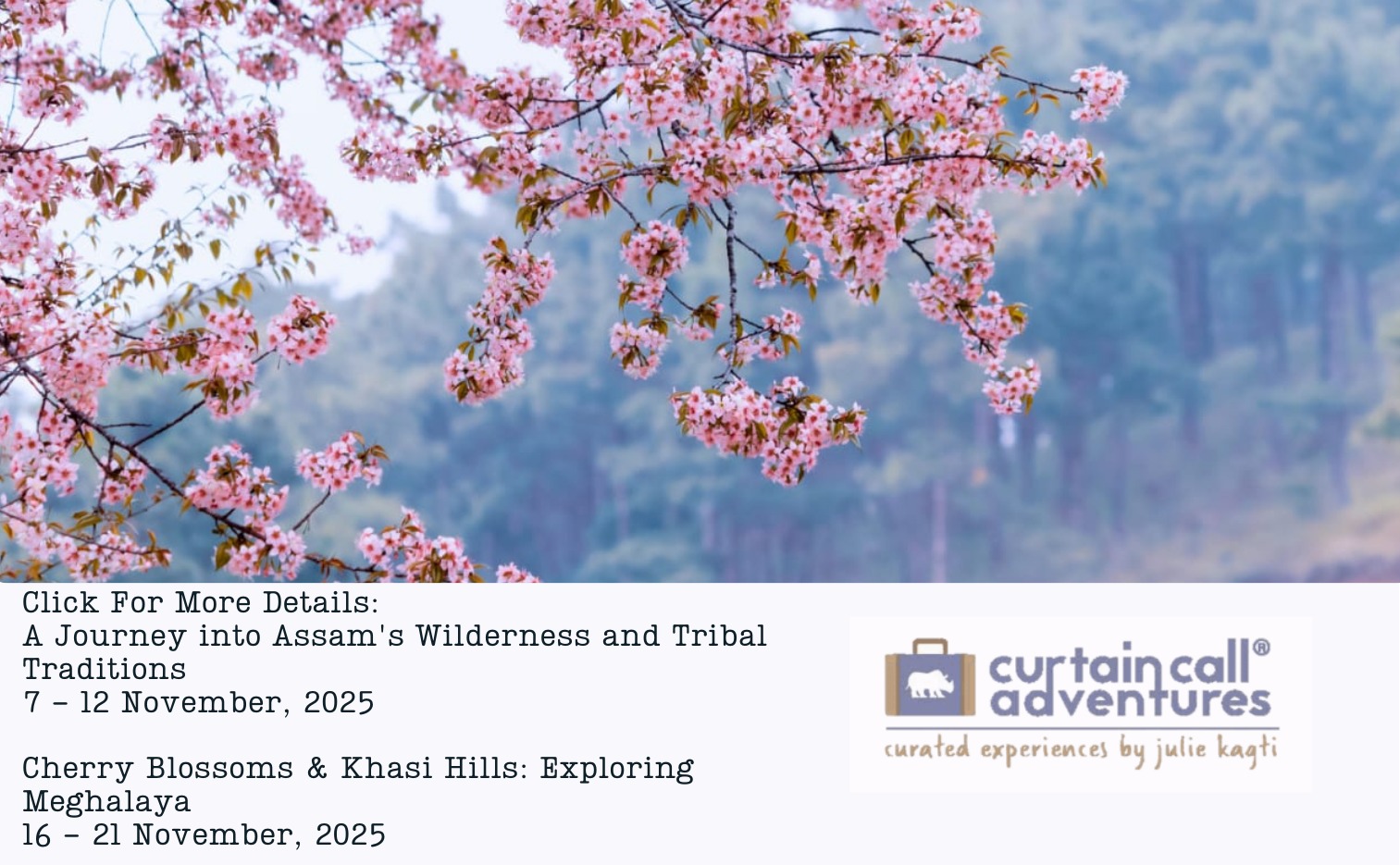The Khasi, Garo and Jaintia communities have their own culinary specialties. Here are eight recommendations
Meghalaya – the abode of the clouds – comprises three main ethnic communities, namely, Khasi, Garo and Jaintia, with each tribe boasting their own unique cultural and culinary traditions. Meats such as pork, beef and chicken as well as preserved fish play a prominent role in local cuisine. The use of spice powders or masalas is practically non-existent; relying more on flavours of the fresh produce. Rice is the staple and there are countless varieties grown – from sticky rice to red rice and wild rice. Home brewed rice beer is also an essential part of celebrations. Tapioca, yam and millets are also widely consumed.
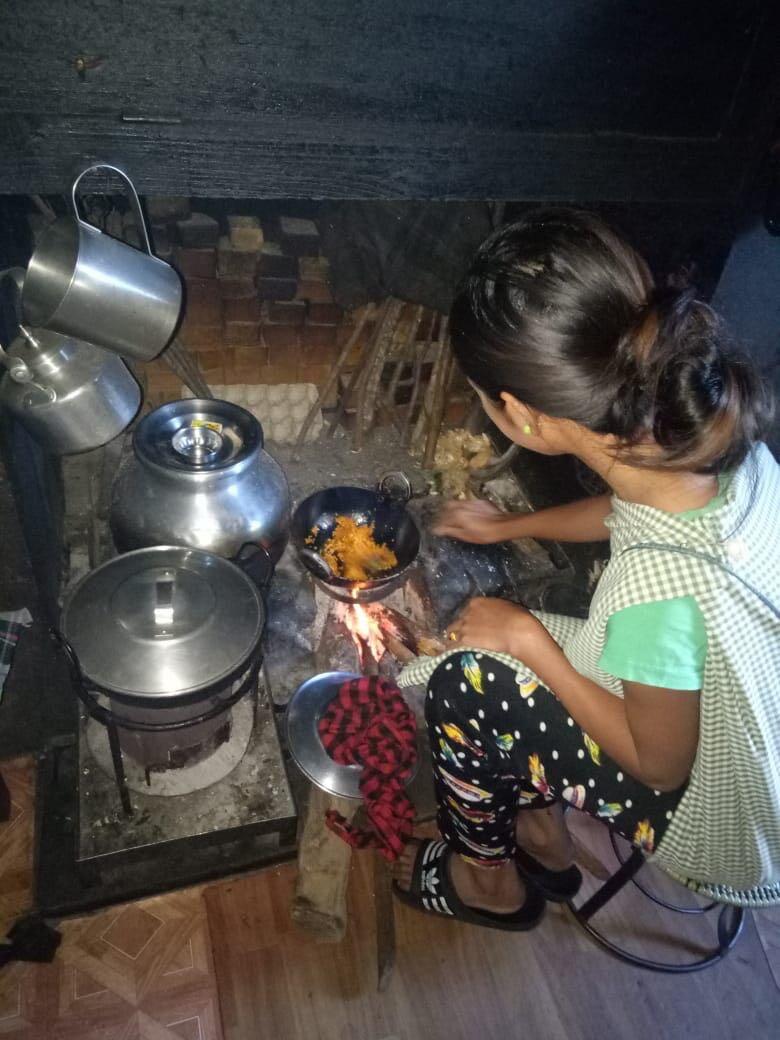
Wak Breng & Do’o Kappa
A visit to a Garo village is the best way to experience their cuisine. Some specialties include wak breng (pork cooked in bamboo shoots) and ‘do’o kappa (chicken gravy cooked with ash water made from banana bark which helps soften the meat and gives a distinct taste). The ‘sam-sweng’ herb which means pungent is mixed into the pork along with some green chillies, ginger, and salt and stuffed into bamboo with a little bit of water and cooked over open flames. Oil isn’t used much in the cuisine, with most dishes being boiled or steamed.
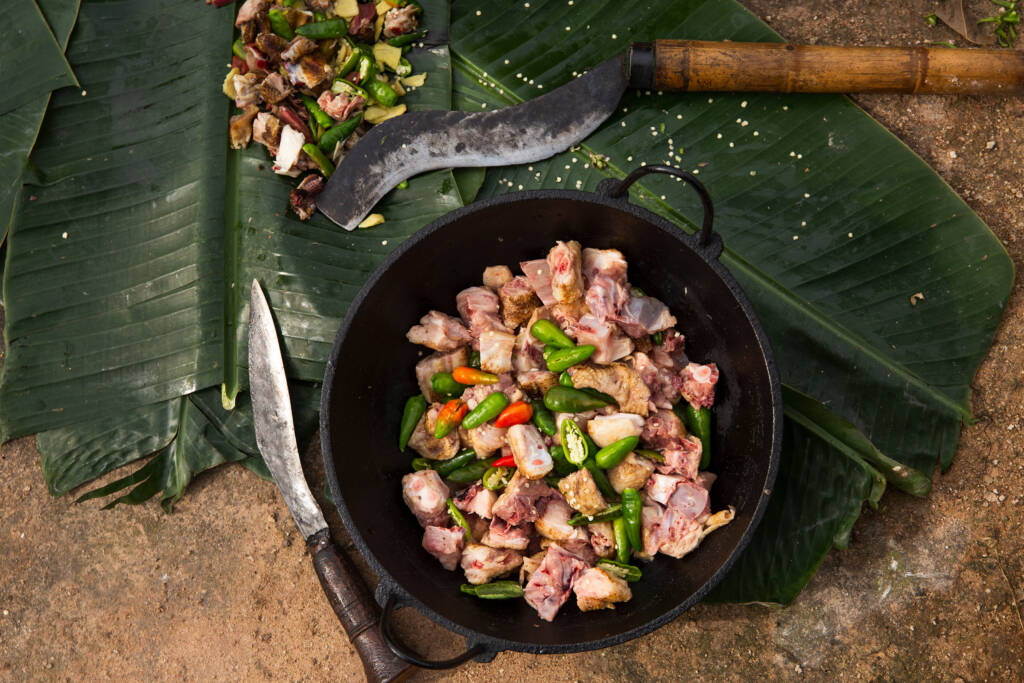
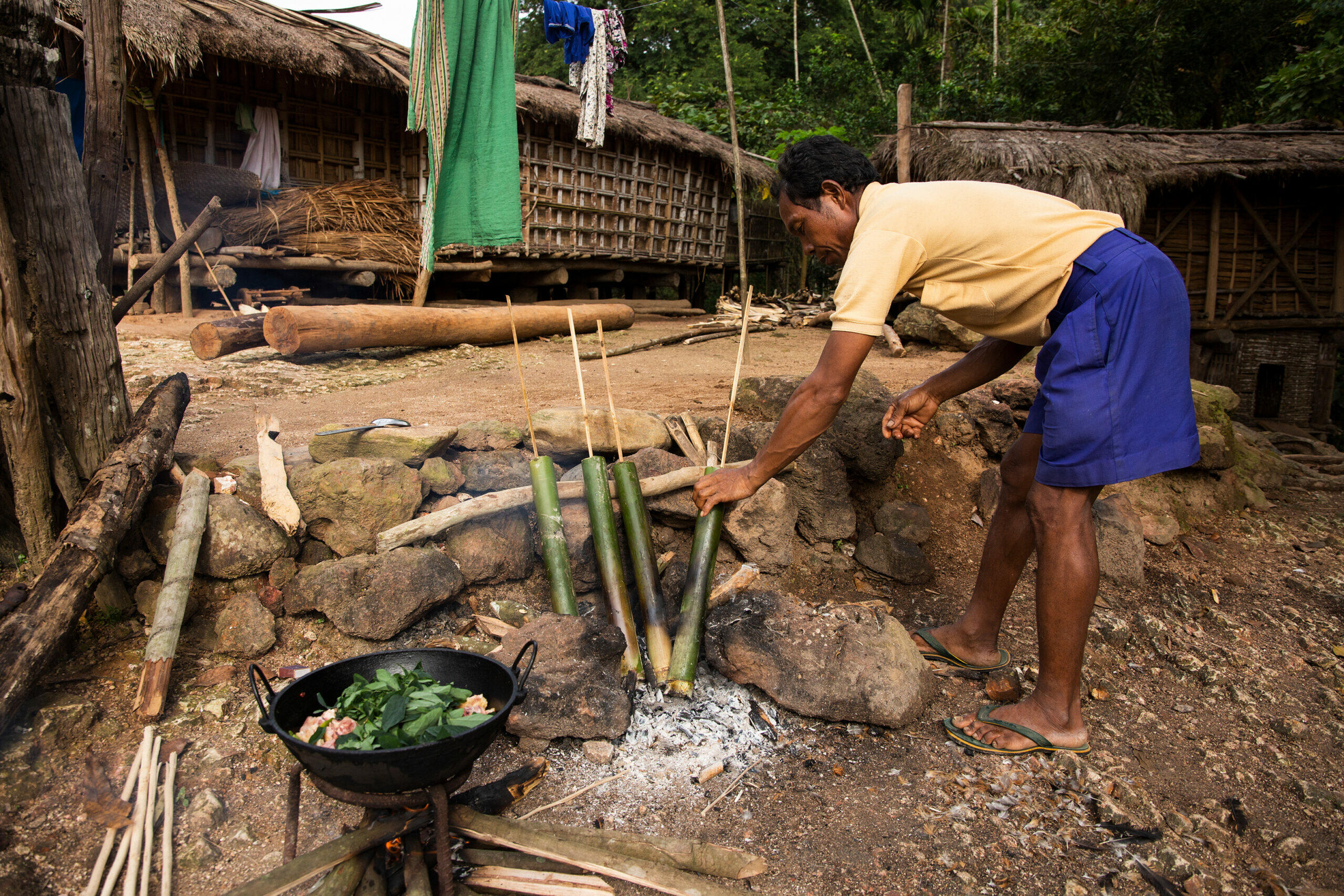
Jadoh
This popular Khasi dish is the local equivalent of a pulao or biryani but with a very different flavour profile. Made with locally available short-grained rice and pork, the dish uses minimal spices. According to Vivek Wahlang, owner of Soul Kitchen restaurant in Shillong, traditional jadoh is usually made with pork or chicken blood. “What is more popularly available is Jastem which means yellow rice. In this version, the rice is cooked in chicken or pork stock along with the finely chopped innards of chicken or pork and flavoured with ginger juice, salt and pepper,” Wahlang explains. The bright yellow colour comes from the famous lakadong turmeric which is prized for its vivid colour and high curcumin content.
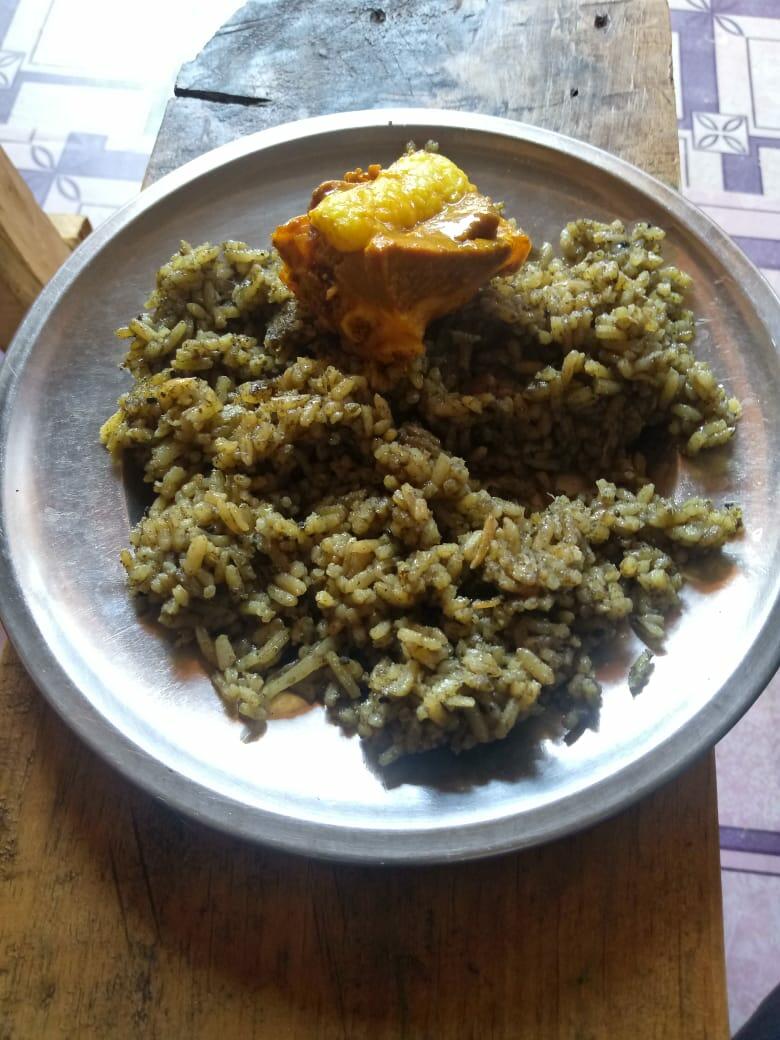
Doh Khlieh
Like most indigenous communities that follow a tradition of nose to tail eating, the Khasis are no different. A good example of this is doh khlieh which can be loosely described as a pork brain salad. According to Wahlang, the entire pig’s head and part of the neck is boiled and then deboned. This soft meat along with boiled pig’s brains are chopped into small pieces and mixed with thinly sliced onions, minced ginger, pepper and salt. While it can be had as a side dish, locals often eat it with steamed rice and the stock in which the pig’s head was cooked.
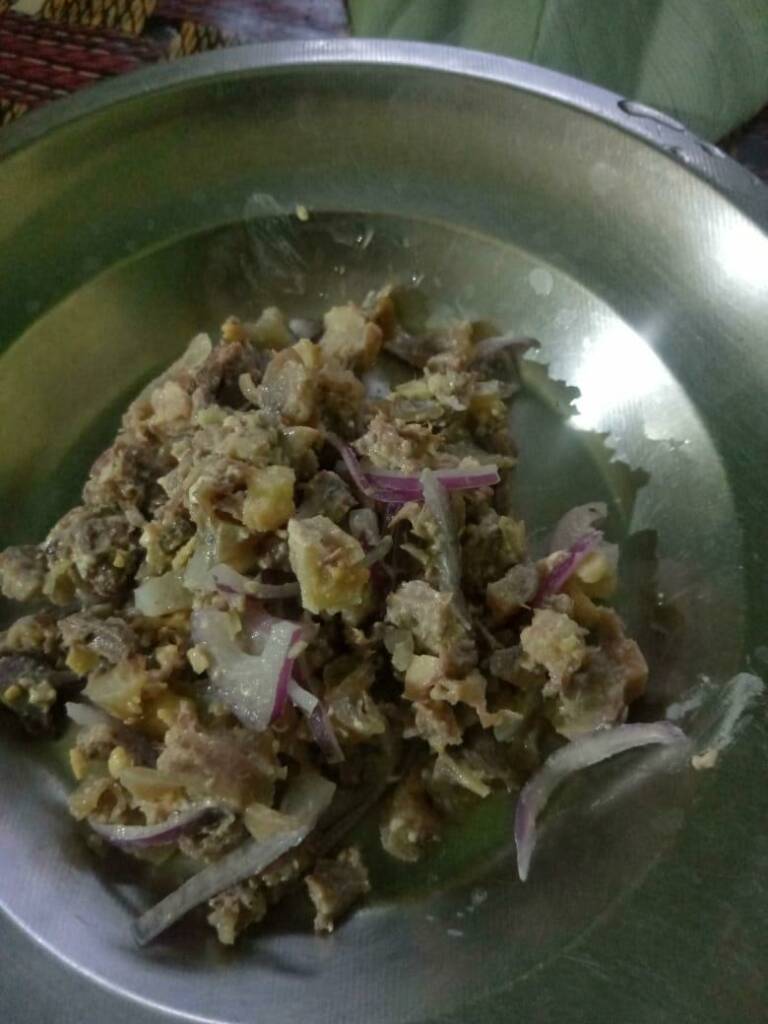
Daineiiong
While meat plays a prominent part in the cuisine of this region, this light soupy dal is a must try for vegetarians. This Jaintia style dish comprises of masoor dal cooked with ground black sesame seeds, ginger-garlic paste and salt. The dal gets its dark colour and slight nutty flavour from the sesame seeds which is a staple ingredient in the hills. There are also non-vegetarian dishes such as Dohneiiong which is pork cooked in a black sesame paste.
Pumaloi
Pumaloi or steamed rice cakes is usually had as an accompaniment with mains and is made by soaking red rice or other local rice varieties overnight. The drained rice is then dried, ground and steamed in small clay or steel pots. There are variations such as putharo – a soft spongy flatbread prepared from rice flour.
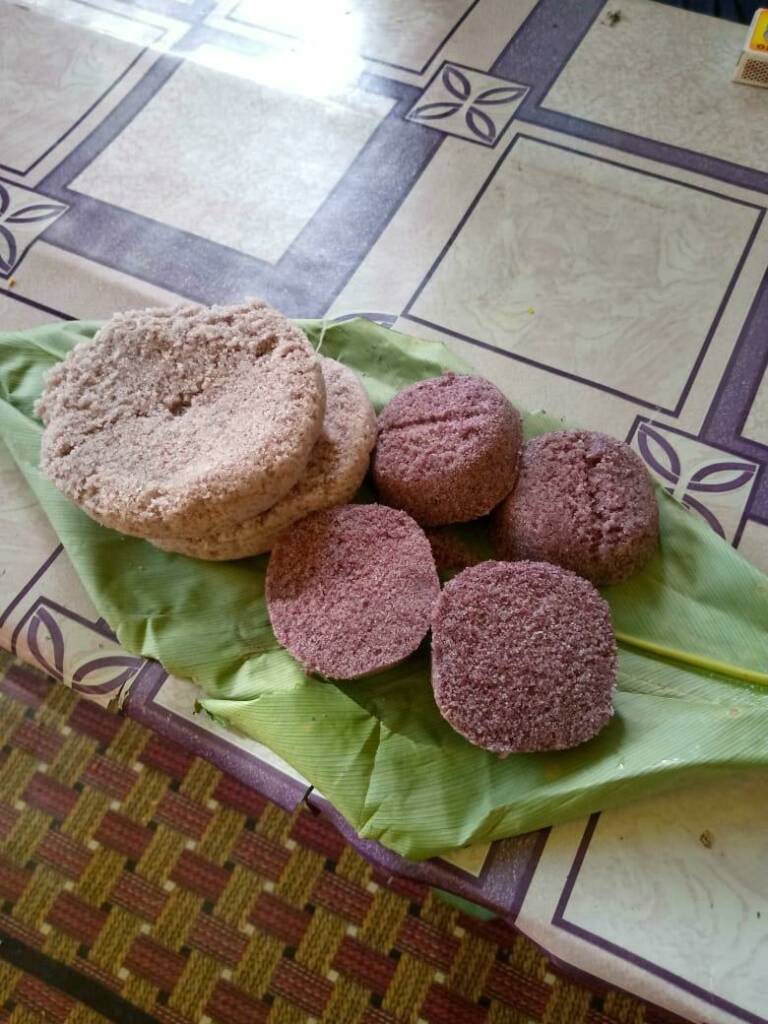
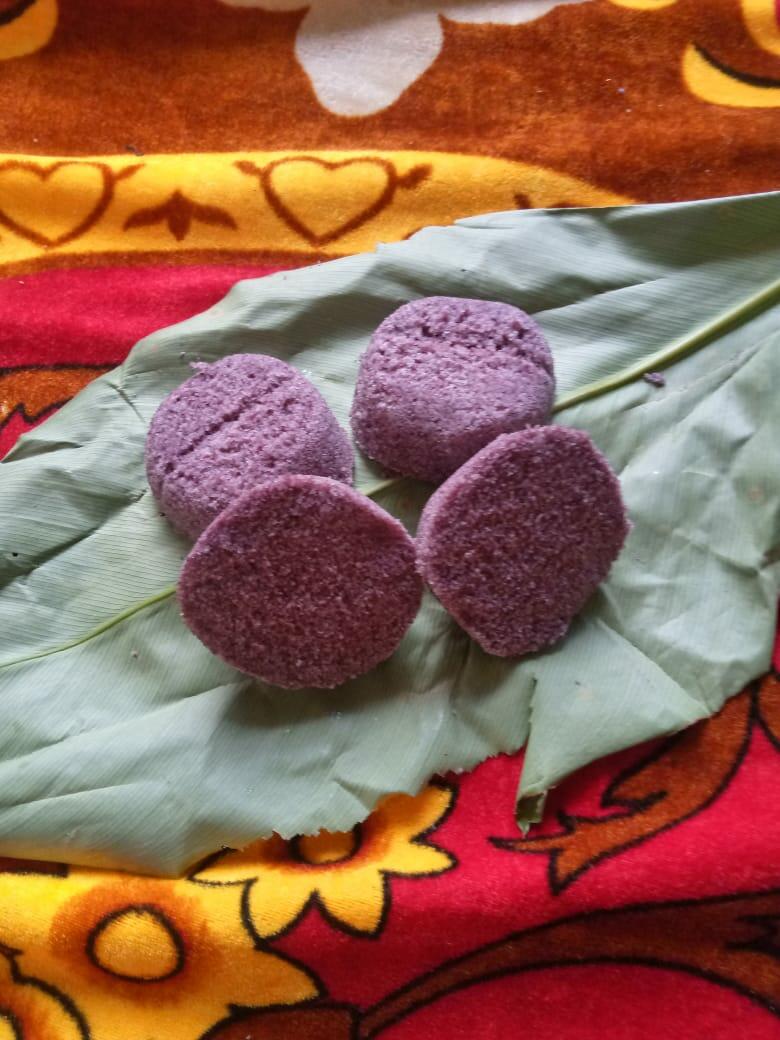
Alu Muri
A popular street food in Meghalaya’s capital, Shillong, alu muri is the local version of jhalmuri. The main difference is the use of the boiled potatoes. This tangy, spicy street snack is usually made with puffed rice, cubes of boiled potatoes, mustard oil, tamarind juice, raw papaya, onions and spice powders such as red chilli, cumin as well as black salt. While it’s widely available across Shillong, Nambie Marak, founder of the YouTube channel, Eat Your Kappa, which showcases regional recipes, swears by the one sold by street vendors near Hydari park.
Phan and tungtap
Tungtap is a dried fish paste or chutney made with a small fish variety. The fish is sundried, mixed with salt and then put in earthen pots, kept airtight and left to ferment. The fish is charred over an open flame, then ground and mixed with onions, red chillies and salt. It’s typically eaten with boiled potatoes or rice. According to Nambie, “Phan and tungtap has become so popular these days, in fact, there are quite a few eateries that specifically cater to traditional food in Meghalaya. It has become a trend to eat traditional.”
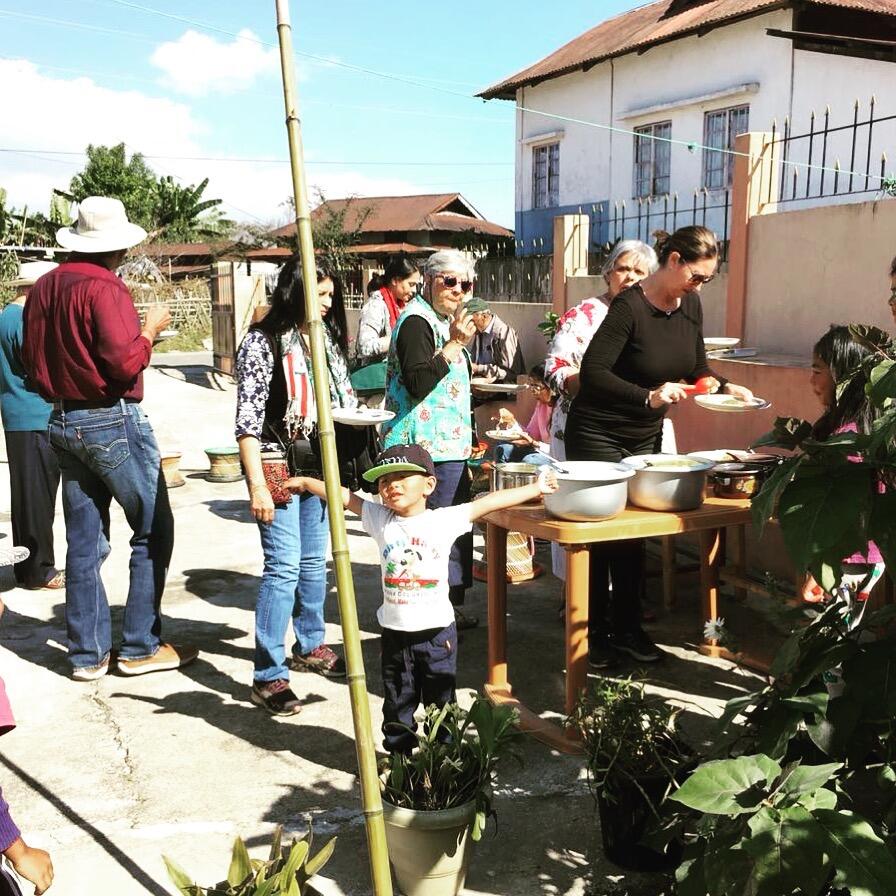
Shillong chow
The innumerable Chinese food restaurants strewn across Shillong are a testament to the popularity of the cuisine in the region. However, as local foodies will tell you, Shillong chowmein or “chow chow” as it’s called there, has its own unique flavour. “I don’t know how the restaurants make it, perhaps, they will never reveal their secret but the chowmein from Shillong is like no other,” Nambie attests. Made with thin hakka noodles and finely sliced strips of pork or chicken, this is a must try. Wahlang also vouches for the pork and chicken momos made with the thinnest of wrappers.

